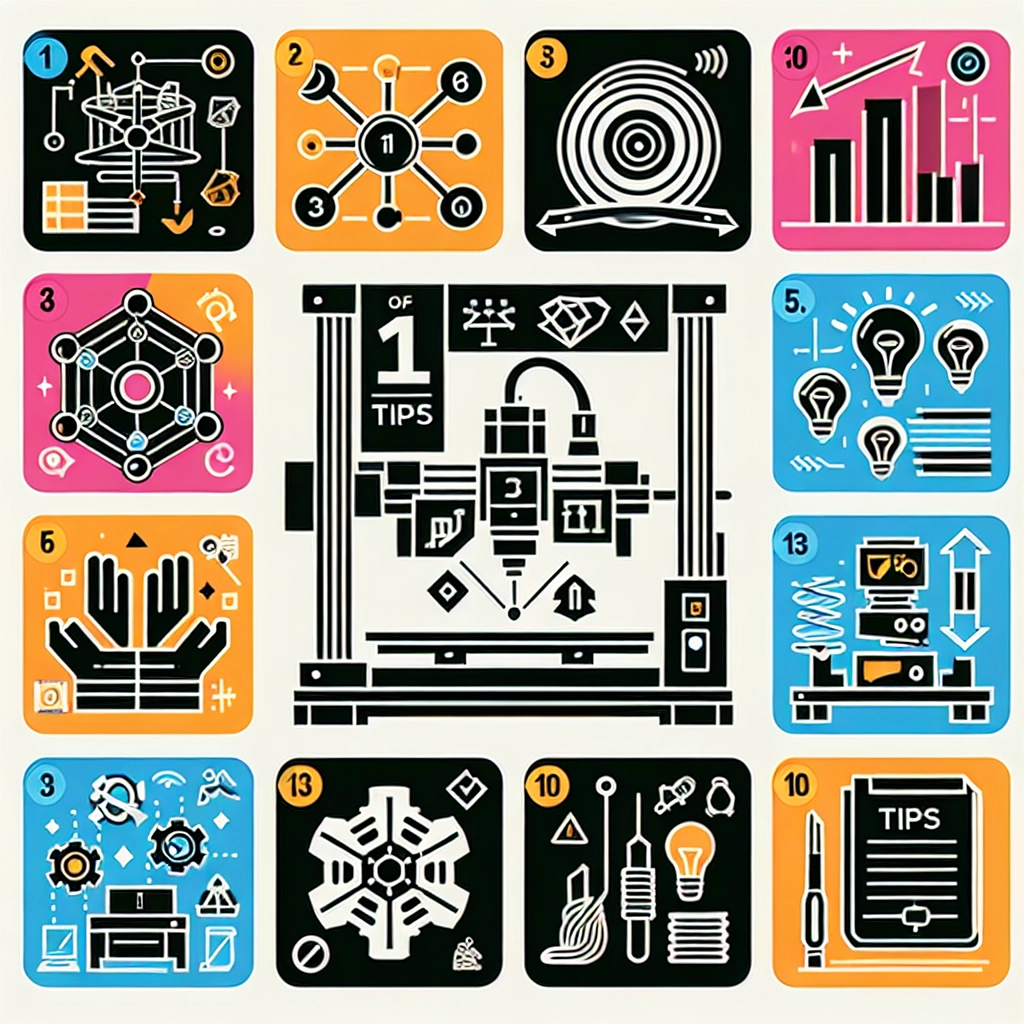Top 10 Tips for Achieving Perfect Prints with 3D Filaments
If you’re venturing into the world of 3D printing, you know it can be both exciting and a little daunting. There’s a lot to learn, especially when it comes to choosing the right filament and optimizing your print settings. Whether you’re a complete beginner or a seasoned pro looking to refine your skill set, I’ve got you covered with some top tips to help you achieve those flawless prints. So, grab your printer and let’s get started!
1. Choose the Right Filament
The type of filament you use can make a significant difference in print quality. PLA is great for beginners due to its ease of use, while ABS is tougher but requires careful temperature management. Consider what you’re printing, and choose a filament that’s suited to your needs. PETG is a middle ground, offering strength and flexibility, and it’s generally more user-friendly than ABS.
2. Calibrate Your Printer
Nothing beats a well-calibrated printer. This includes checking the nozzle height, ensuring your bed is level, and fine-tuning the extruder settings. Take the time to calibrate your machine before printing anything important. Many printers come with calibration cubes or other test files that can help you check for precise dimensions and layer adhesion.
3. Optimize Print Settings
Don’t be afraid to play around with your slicer settings. Layer height, print speed, and temperatures all affect your print quality. For high-detail prints, a smaller layer height (like 0.1 mm) will produce finer details but increase print time. Slower speeds can also improve quality, especially for intricate designs.
4. Select the Right Bed Adhesion Method
Getting your print to stick to the bed is crucial. Use materials like blue painter’s tape, glass, or PEI sheets, and even consider using adhesives like glue sticks or hairspray for added grip. Each filament might have a preferred adhesion method, so a bit of experimentation might be necessary.
5. Maintain a Controlled Environment
Temperature swings can be a print’s worst enemy. If you’re using ABS or other heat-sensitive filaments, try to keep your printing area warm and free from drafts. An enclosure for your printer can help maintain a consistent temperature and reduce warping.
6. Manage Retraction Settings
Stringing can be a pesky problem, particularly for filaments like PETG and PLA. Adjust your retraction settings to minimize this issue. Generally, increasing the retraction distance and speed can help, but be cautious—too much retraction can lead to clogs.
7. Monitor Filament Quality
Not all filaments are created equal. Choose reputable brands for more reliable results, as lower-quality filaments can have inconsistencies in diameter, which can lead to clogs and missed layers. Check for proper storage, too; moisture-absorbing filaments should be kept in a sealed bag with desiccants.
8. Utilize Support Wisely
Support structures can be a necessary evil in 3D printing. Understand how to use them to your advantage by placing them strategically and using breakaway supports for cleaner finishes. Also, consider using a custom support option if your slicer allows it, enabling you to tailor support placement to your specific model.
9. Embrace Post-Processing
Once your print is complete, don’t be afraid to show it a little love! Sanding, painting, and other finishing techniques can enhance the overall look. Many enthusiasts enjoy the post-processing phase just as much as the printing itself—it’s a way to get creative and put your unique stamp on each piece.
10. Stay Patient and Keep Learning
Finally, remember that 3D printing is an ongoing learning process. Mistakes will happen; it’s part of the journey! Keep experimenting, share your experiences in communities, and learn from others. Sometimes the best tips and techniques come from fellow enthusiasts who are just as passionate about the craft.
3D printing can be a fantastic outlet for creativity and innovation, offering endless possibilities right from your own home. With these tips, you’re on your way to mastering the art of 3D printing. Each layer you print is an opportunity to learn and improve, making the process even more rewarding. So dive in, enjoy the ride, and get printing!

